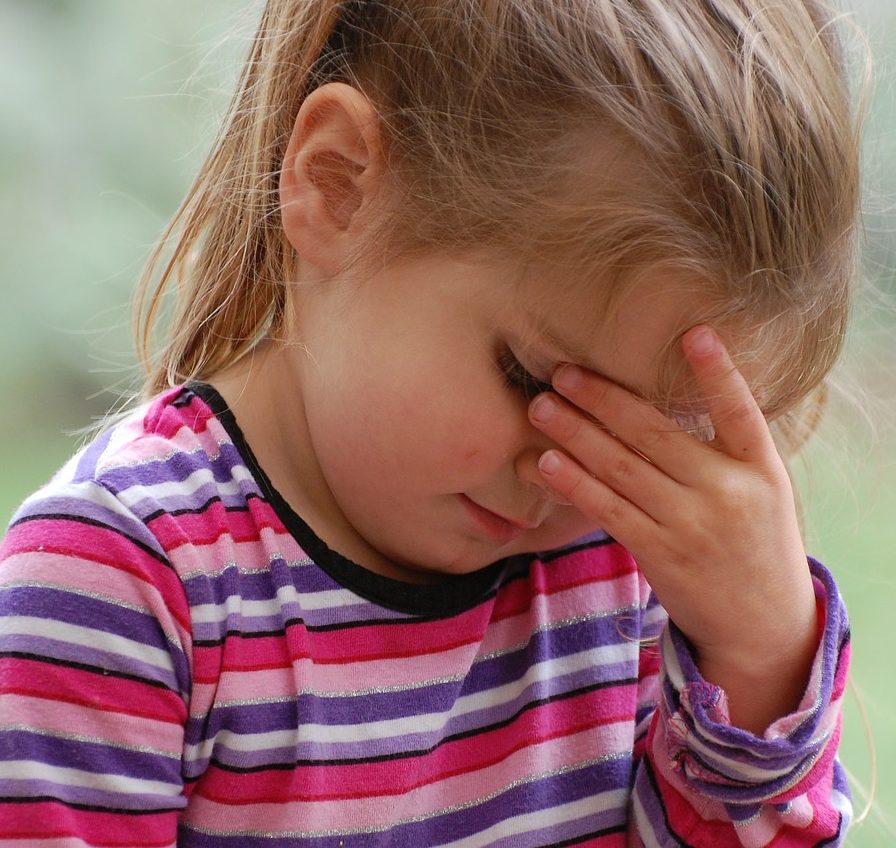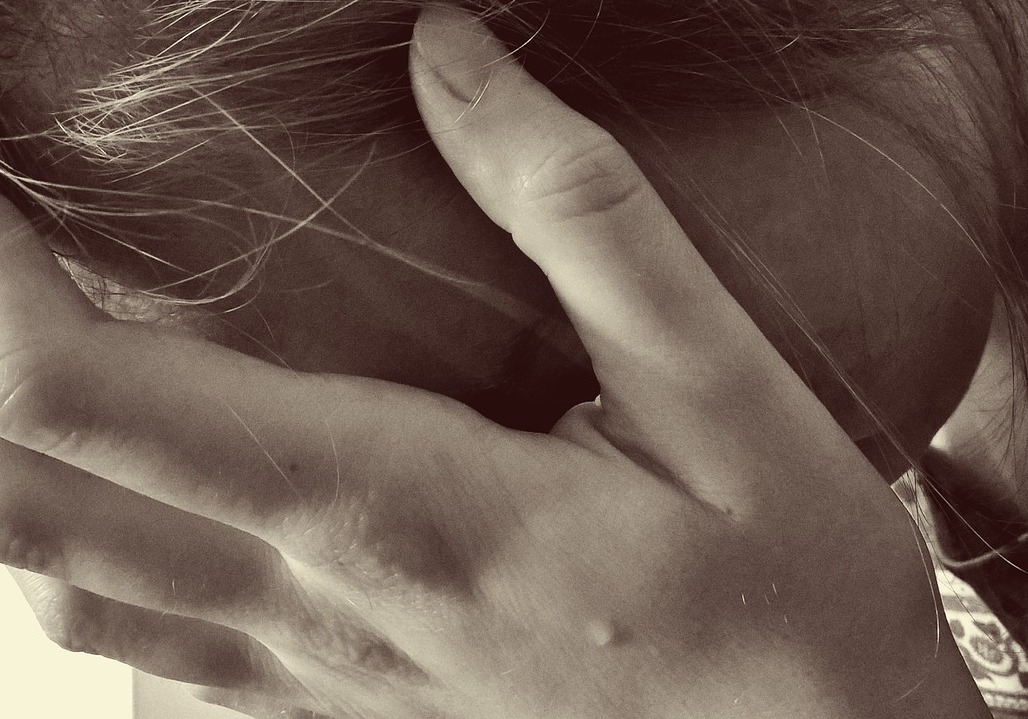 When children are chronically anxious, even the most well-meaning parents can fall into a negative cycle and, not wanting a child to suffer, actually exacerbate the youngster’s anxiety. It happens when parents, anticipating a child’s fears, try to protect her from them.
When children are chronically anxious, even the most well-meaning parents can fall into a negative cycle and, not wanting a child to suffer, actually exacerbate the youngster’s anxiety. It happens when parents, anticipating a child’s fears, try to protect her from them.
A Child Mind Institute child and adolescent psychologist, Clark Goldstein, PhD, offers recommendations for helping children escape the cycle of anxiety.
Recommendations
Don’t avoid things just because they make a child anxious.
Helping children avoid the things they are afraid of will make them feel better in the short term, but it reinforces the anxiety over the long run.
Express positive—but realistic—expectations.
You can’t promise a child that her fears are unrealistic—but you can express confidence that she’s going to be okay, she will be able to manage it, and that, as she faces her fears, the anxiety level will drop over time.
Don’t reinforce the child’s fears.
What you don’t want to do is be saying, with your tone of voice or body language: “Maybe this is something that you should be afraid of.”
Encourage the child to tolerate her anxiety.
Let your child know that you appreciate the work it takes to tolerate anxiety in order to do what she wants or needs to do. It’s really encouraging her to engage in life and to let the anxiety take its natural curve.
Try to model healthy ways of handling anxiety.
There are multiple ways you can help kids handle anxiety by letting them see how you cope with anxiety yourself.
Excerpted from “What to Do (and Not Do) When Children Are Anxious” from Child Mind Institute. Read the full list of pointers on the Child Mind Institute website, or download a copy of the article as a PDF.
Source: Child Mind Institute, What to Do (and Not Do) When Children Are Anxious, https://childmind.org/article/what-to-do-and-not-do-when-children-are-anxious | ©2016-2023 Child Mind Institute, Inc.
This resource is filed under:







